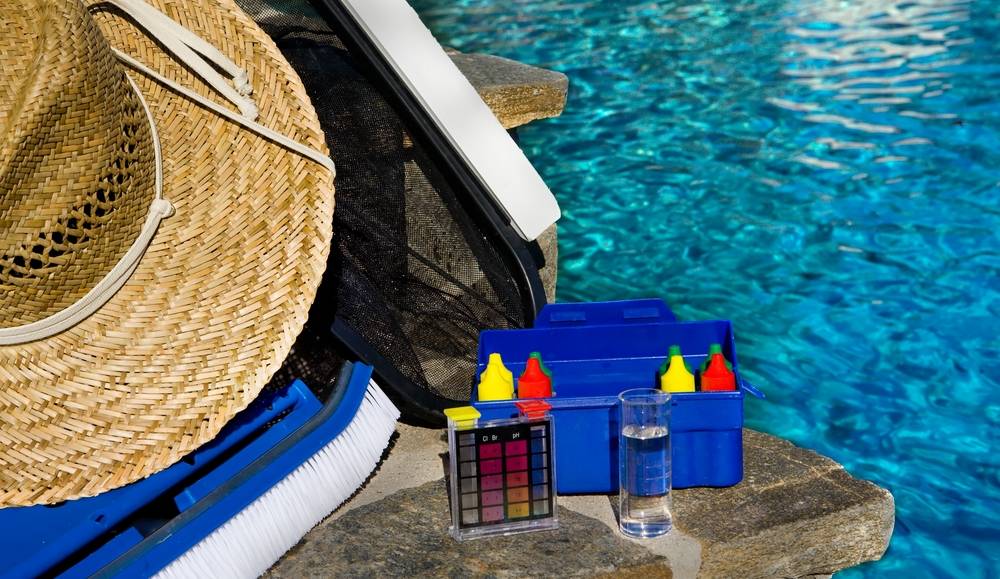The 2005 kit does almost the same tests with smaller reagent bottles. In the
**2005**, the FC test is DPD in a comparator, whereas the 2006 is FAS-DPD in test vial that changes color at the point where FC is reached. You add a powder reagent that changes the color to pink, and then titrate the endpoint to clear with another reagent. It is considered easier to use and is more accurate for different needs, including SLAM and daily testing across a range of FC levels that can bleach out other kits. The C designator on any of the kits simply denotes the size of the reagent bottles, 0.75 oz for the non-C and 2 oz for the C.
I would suggest one of the ones recommended above and returning the 2005 unopened personally. Though that is my preference in seeing the breakpoint in the vial go clear rather than wrestling with the comparator.
Also, when you go to purchase chlorination liquid, read and be armed with the info in this link
Chlorine Date Code Decoder - Further Reading . Last time I shopped liquid chlorine at Walmart, they still had bleach from last May on the shelf. Older bleach loses strength over time, and you don't need the extra confusion of having to guess why the bleach you just added is not yielding the expected results due to old bleach. This is a lesson I learned recently and I have been using TFP methods for 3 years.


